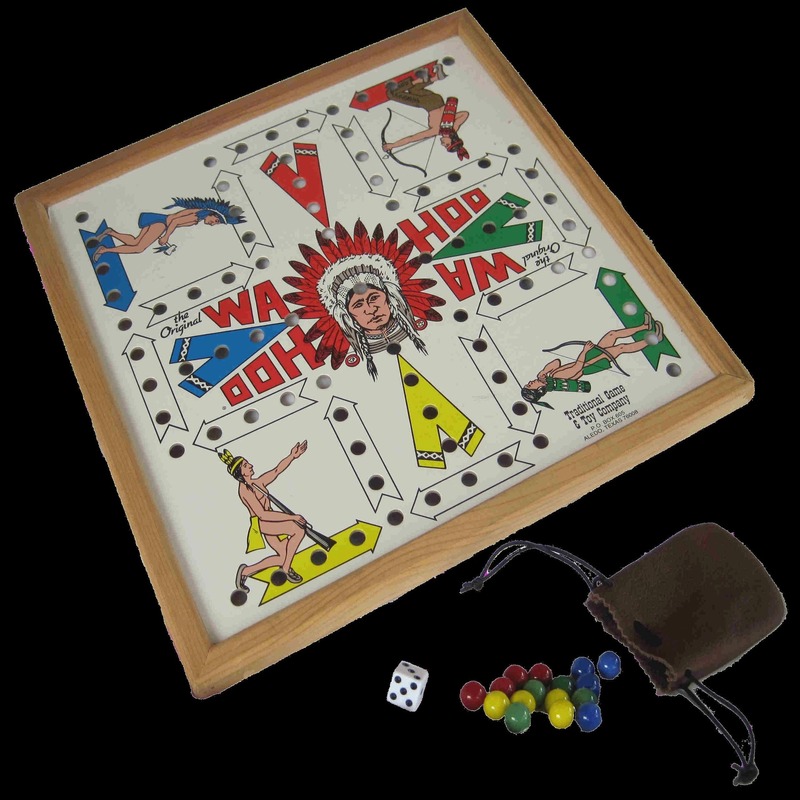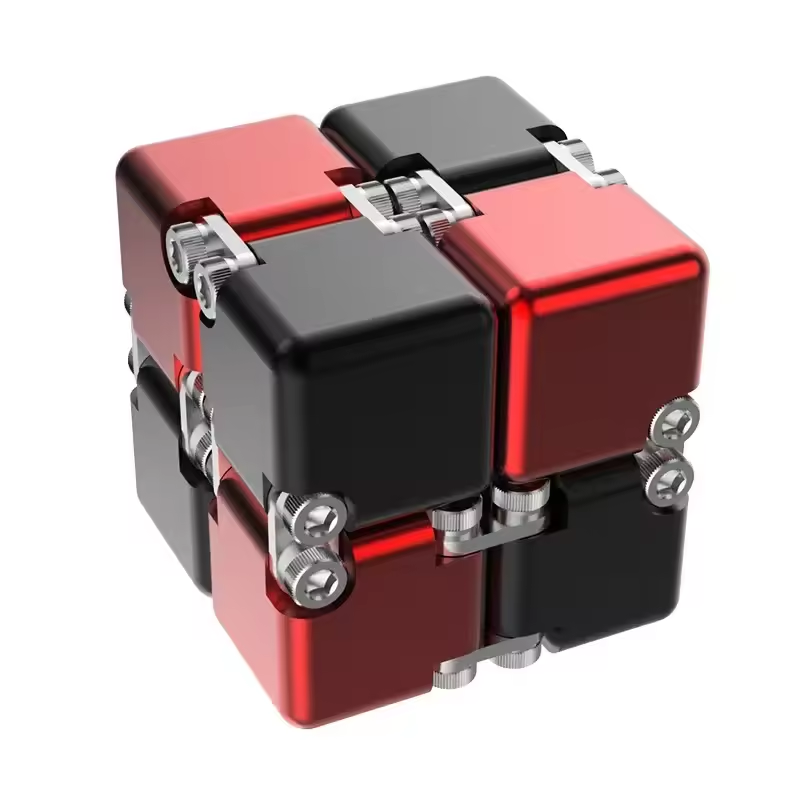Introduction to Wahoo Board Game
Wahoo is a classic board game enjoyed by many. It blends strategy with luck, providing entertainment for players of all ages. The game’s objective is simple: race your pegs around the board and be the first to get all four of your pegs into the home position. The journey to victory, however, is not so straightforward. Players must navigate through a series of moves, captures, and special zone rules which can dramatically alter the course of the game.
The appeal of Wahoo lies in its combination of simple wahoo board game rules and the unpredictability of each match. Its roots are often traced back to the ancient Indian game of Pachisi, but Wahoo has evolved with unique rulesets that distinguish it from other similar board games.
To start, you need a Wahoo game board, typically a wooden or plastic board with evenly spaced holes for pegs. The traditional board is a six-pointed star, each point corresponding to a player’s starting zone. Every player has colored pegs that they maneuver around the board based on die rolls.
This guide will help you grasp the basics, ensuring a smooth start to your Wahoo gaming experience. As we go through this blog post, we will explore not only how to set up and play the game but also the finer details of wahoo board game rules that can lead you to victory.
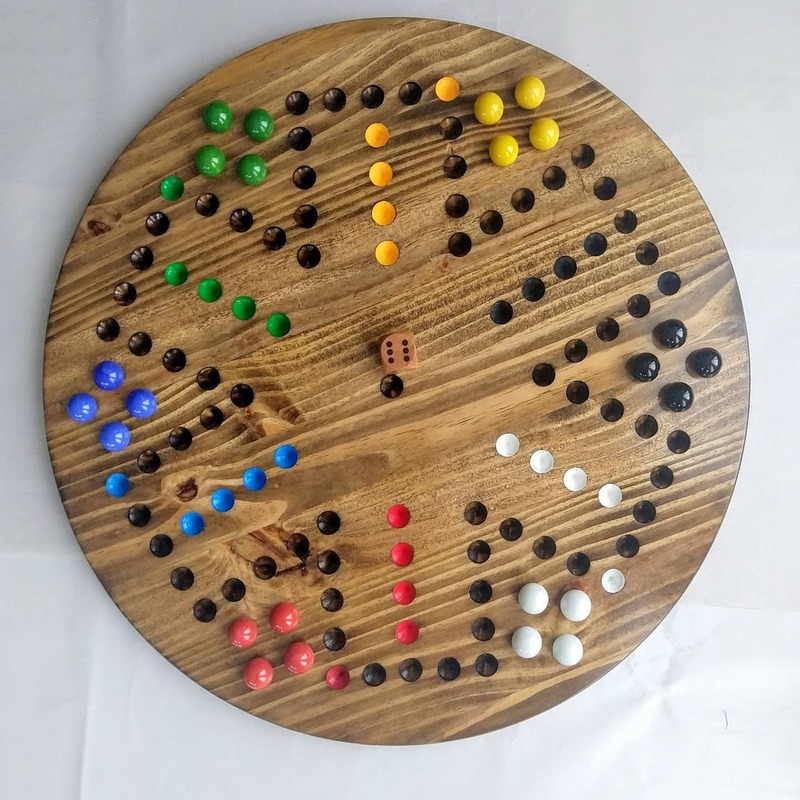
Essential Equipment for Playing Wahoo
To begin your Wahoo adventure, you need several key items. A Wahoo board is central. It is a six-pointed star, often wooden or plastic. Each player’s home base corresponds to a point on this star. Four colored pegs per player are also essential. These pegs travel around the game board. You also need a single six-sided die. This die will dictate the moves you can make. To enhance the experience, consider a score sheet. This is to track progress and keep the game fair. Make sure a clear set of Wahoo board game rules is on hand.
Each equipment piece is vital to the enjoyment of the game. Choose a durable, easy-to-read board for longevity. Pegs should be distinct in color to avoid confusion. If your die is worn or biased, replace it to ensure fair play. With the right equipment, you’re set for countless hours of Wahoo fun. Make sure all players understand what’s required before starting the game, ensuring everyone is on the same page. Proper equipment means a smooth game experience for all involved.
Setting Up the Game Board
Setting up your Wahoo board game is straightforward and quick. Start by having each player select a color and take four pegs of that hue. Place your board in the center of the play area. Assign each player to a point on the six-pointed star board. Players then put their pegs in the corresponding starting zone. Ensure that the game board is accessible to all players to facilitate smooth play. Each player should sit near their pathway to avoid reaching across the board. This reduces the chance of disrupting the game setup. Double-check for any missing pegs or obstructed paths. Clear issues before starting to guarantee a fair game. Make sure the die is within easy reach for everyone. A clear understanding of the setup ensures the game runs without interruptions. Once you’ve confirmed that all players are ready, you’re all set to dive into the Wahoo board game rules and begin play.
Understanding Player Movement
Understanding player movement is crucial for mastering Wahoo board game rules. The roll of the die determines how many spaces a player’s peg can move. When a player rolls a die, the number that comes up is the exact number of holes they move their peg forward. Players move their pegs clockwise around the board.
Key points to remember include:
- Players must roll a 6 to start moving their peg out of the starting zone.
- You must move a peg if you can; you cannot pass your turn.
- Landing on a space with an opponent’s peg sends that peg back to their start.
A strategic aspect of player movement includes deciding which peg to move to either advance your position, block an opponent, or even capture an opposing peg. Moves must be counted carefully, as landing on the right spot can significantly affect your game strategy.
Another critical rule is that pegs cannot jump over each other. If a peg’s path is blocked by an opponent’s peg, the player must wait until the path is clear or use another peg. Players also cannot land on their own pegs. Therefore, considering each move’s impact is essential for success.
By understanding these basic movement rules, the path towards victory becomes clearer. Stay alert, plan your moves strategically, and adjust your tactics based on the dice rolls and your opponents’ positions.
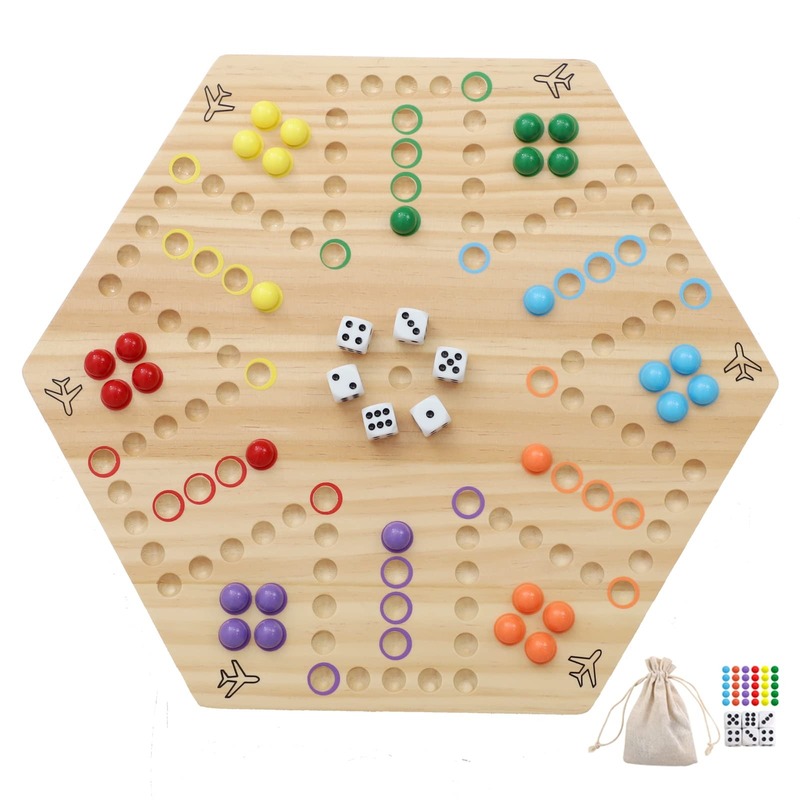
Rules for Capturing Opponents’ Pegs
Capturing an opponent’s peg is a key move in the Wahoo board game. If you land on a space occupied by another player’s peg, you capture it. The opponent’s peg then goes back to their start. This rule adds a layer of strategy to the game.
You must be precise with your rolls to capture. Only a roll that lands exactly on an opponent’s peg results in a capture. No jumping over is allowed; you must land on the space occupied by the peg.
Remember these tips when trying to capture:
- Watch the board and plan your moves.
- Try to predict where other pegs will be on your next turn.
- Use captures to slow down your opponents.
Capturing can help you get ahead. It can also give you a strategic advantage in the game. But use it wisely. Too much focus on capturing can distract from your main goal. That is to get all your pegs home.
Play smart, and capturing can be a powerful part of your strategy. Combine it with good defense and a focus on your own pegs. This will improve your chances of winning at Wahoo.
Special Zones and Their Rules
Wahoo board game rules include specific regulations for special zones. These zones are pivotal to gameplay and can alter a player’s strategy. Understanding these rules is essential for both offense and defense during the game. Special zones usually include the ‘safety zones’ and ‘home positions.’
Safety zones offer protection from captures. They are designated areas often marked differently on the board. When your peg is in a safety zone, other players cannot capture it. This allows for strategic positioning and planning your next moves without the risk of being sent back.
To reach the ‘home position,’ a player must roll the exact number required to enter it with their peg. This is critical because overshooting the home position means you must circle the board again. A tactic often used is to position your pegs close to the home entry, waiting for the perfect roll.
Here are the key points:
- Safety zones protect your pegs from captures.
- Only the exact roll allows entry to the home position.
- Position pegs near the home for strategic entry.
Always remember, the special zones can either be your refuge or your opponent’s. Use them to your advantage, protect your pegs and plan for a precise home entry. As you maneuver through these zones, subtle tactics and foresight can lead you closer to victory in the Wahoo board game.
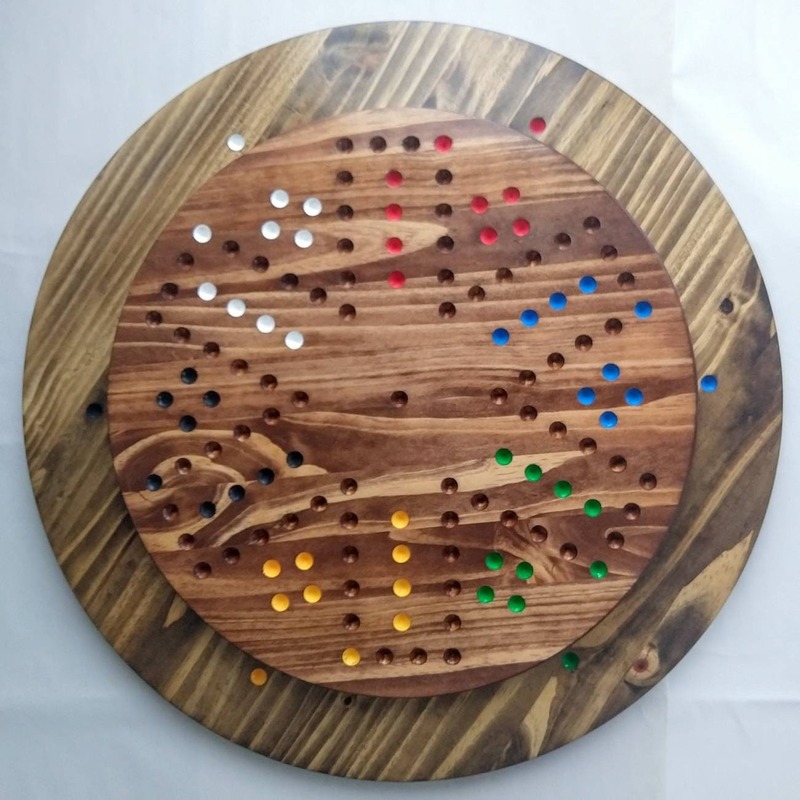
Winning the Game: Goals and Strategies
Succeeding in Wahoo hinges on some key strategies. To win, all your pegs must reach the home position. It sounds simple, but the journey is laden with tactics and careful planning. Here are strategies to boost your odds of winning at Wahoo:
- Start Strong: Aim to roll a 6 early on. This allows your pegs to enter play. Begin with all your pegs as soon as possible.
- Spread Out: Don’t cluster your pegs. Spread them to increase capture opportunities and reduce your own risk.
- Capture Wisely: Use capturing to hinder opponents. Yet, don’t let it distract you from progressing your pegs.
- Defend and Attack: Balance offense with defense. Defend your pegs while looking for chances to advance or capture.
- Use Safety Zones: Position your pegs in safety zones whenever feasible. They are vital for protection against captures.
- Aim for Home: Get your pegs near the home position. Wait for the perfect roll to secure their spot.
Remember these tactics when you roll the die and strategize each move. Pay attention to your opponents’ positions and anticipate their next moves. The right blend of offense and defense, coupled with a bit of luck from the die roll, can crown you the Wahoo champion.
Common Variations and House Rules
While the standard wahoo board game rules are widely recognized, variations and house rules can add a unique twist. Many players like to modify rules to suit their gameplay style, creating a personalized version of Wahoo. Here are some common changes you might encounter:
- Free Roll on Six: Some games allow a free roll if a player rolls a six. It can speed up the game.
- Multiple Pegs in Play: A variation allows multiple pegs to enter the board with a roll of six. It adds more action.
- Safe Passage: Certain house rules make specific board pathways safe from captures. This reduces risk.
- Additional Die: Adding a second die can change the game’s pace and strategy significantly.
- Penalty Zones: Some versions use penalty zones that send pegs back more than just to the start.
Before starting, ensure all players agree on the variations. This avoids any confusion during play. Discuss and decide which changes will make the game more enjoyable for your group. Remember, the goal is to have fun, so choose rules that will contribute to an enjoyable game experience for everyone involved.
